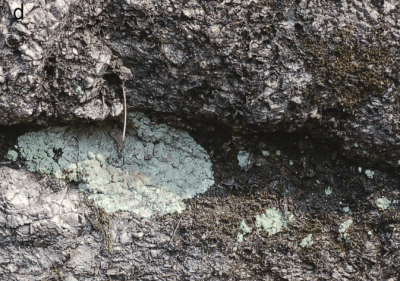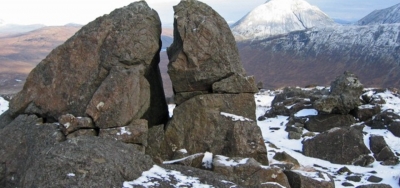
A member of the Reading Club casually remarked about sci-fi and elaborated, “Science fiction is abbreviated as sci-fi or at times, SF, and this genre yokes the two contradictory disciplines together. As we know, fiction is fictitious and science stands for rationality. But some novelists have succeeded in bringing them together. This popular genre transports readers to a future hinging on the concepts such as time travel, space exploration, aliens, parallel universes, and so on, and, to our amazement, some of them are turning out to be real now.” His explanation aroused our interest in reading and discussing H.G. Wells’ ‘The Time Machine’ in the following meeting.
Four of us participated in a group sharing. Each one focussed on an aspect, and the following are some of our key ideas.
Popularity of sci-fi
Although the origin of science fiction can be traced back to the previous centuries, its golden age is the 1940s and 1950s. These were the decades of significant scientific discoveries, namely space exploration and nuclear energy, which the novelists subsumed in their imagination. As is the case with all genres of fiction, sci-fi too has all the elements such as setting, characters. plot development, theme, climax, and point of view. What makes it unique is all these elements are heavily dependent on scientific facts, theories, and principles hinged on an imaginative story.
Sci-fi movies
Sci-fi movies also have become very popular in the last few decades. It is rare to come across anyone who has not watched or heard of films such as ‘Avatar’, ‘Jurassic Park’, ‘Star Wars’, ‘Alien’, ‘The Matrix’, and so on. They also share the same features as the novels, and, in fact, most of them are based on them.
As many as 23 novels and stories of H.G. Wells alone have been made into films, including The Time Machine. These are immensely popular with moviegoers as they are full of action, adventure, and twists and turns, gripping them.
H.G. Wells
H.G. Wells, the “Father of Science Fiction”, was born in Kent, England, in 1866 and died in 1946. He was the son of domestic helpers, and because of his inexhaustible love for reading, he rose to become one of the most influential British authors. He was a prolific writer, equally known for fiction and non-fiction works, which not many have managed to achieve. He wrote more than 50 novels, dozens of short stories, and many non-fiction, including in the areas of politics, history, and social commentary. But he is more known for his sci-fi novels.
The Time Machine
The novel is about a time traveller who builds a machine and travels to a distant future – the year 8,02,700 A.D., and narrates his experiences at ‘the world of the remote future’ to a group of his friends. It is worth sharing the traveller’s initial encounter with the people/creatures living there:
“He (Eloi) was a slight creature-perhaps four feet high… they looked so frail that I could fancy myself flinging the whole dozens of them about like nine-pins… one of them asked me a question that showed him to be on the intellectual level of one of our five-year-old children…”
“A flow of disappointment rushed across my mind. For a moment I felt that I had built the Time Machine in vain.”
The time traveller elaborately describes the two races of humanity occupying the landscape-child-like Eloi and monstrous Morlocks. Eloi are small, unintelligent, weak but kind and happy people but Morlocks are the labourers forced to live underground working for the overlanders. The traveller has varied experiences with them and finally manages to locate his stolen machine and escapes from the dark world. What initially appears like a utopia turns out to be a dystopia to him.
The story ends with an unnamed narrator informing us about another trip of the time traveller to reach the end of Earth’s existence and bring back proof of his adventure. But three years have elapsed, and the narrator If wonders whether the traveller is still wandering in time or has perished.
‘The Time Machine’, Wells’ first novel, brought him immediate fame, and till today, has been regarded as a masterpiece of science fiction.
Picture Credit : Google





